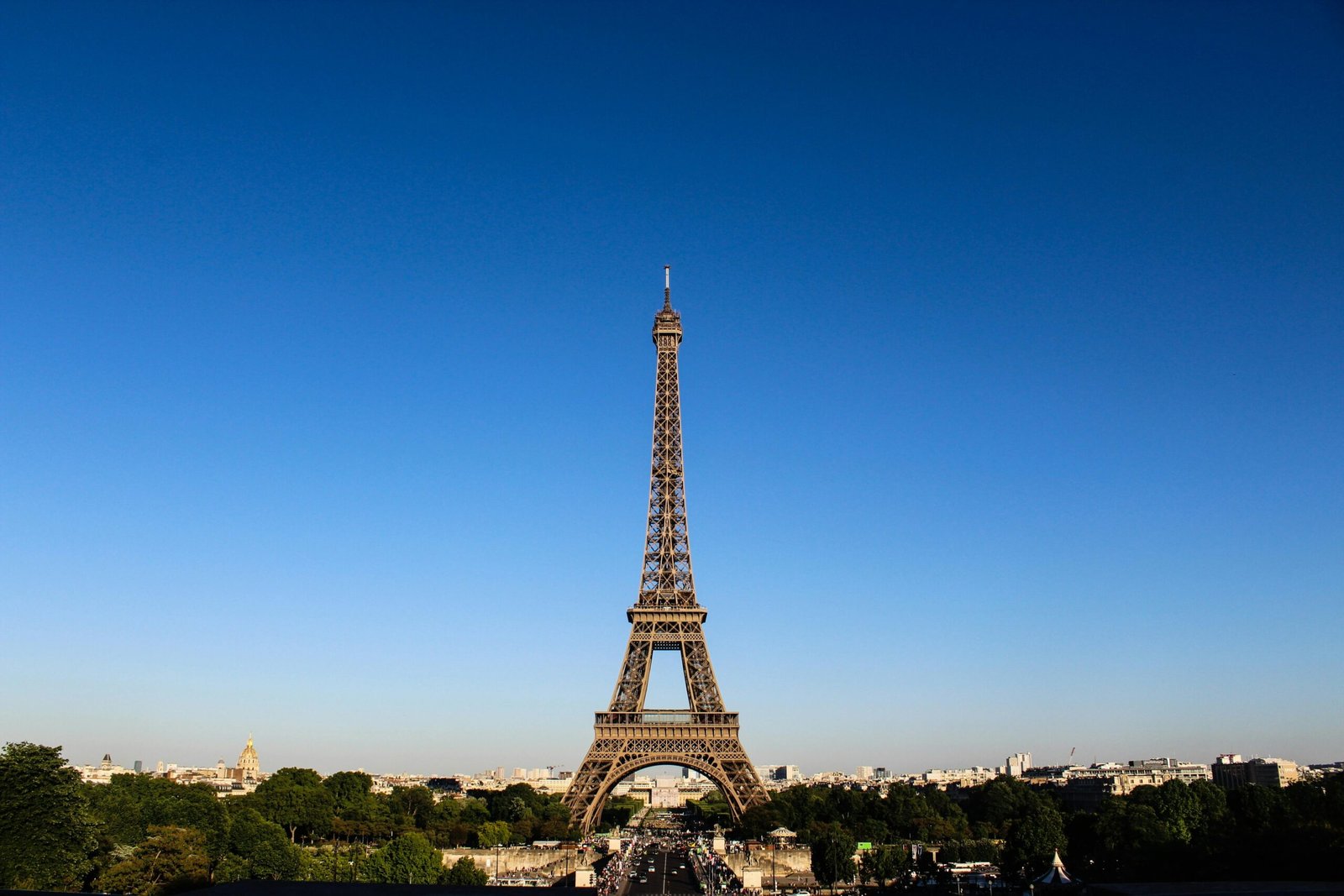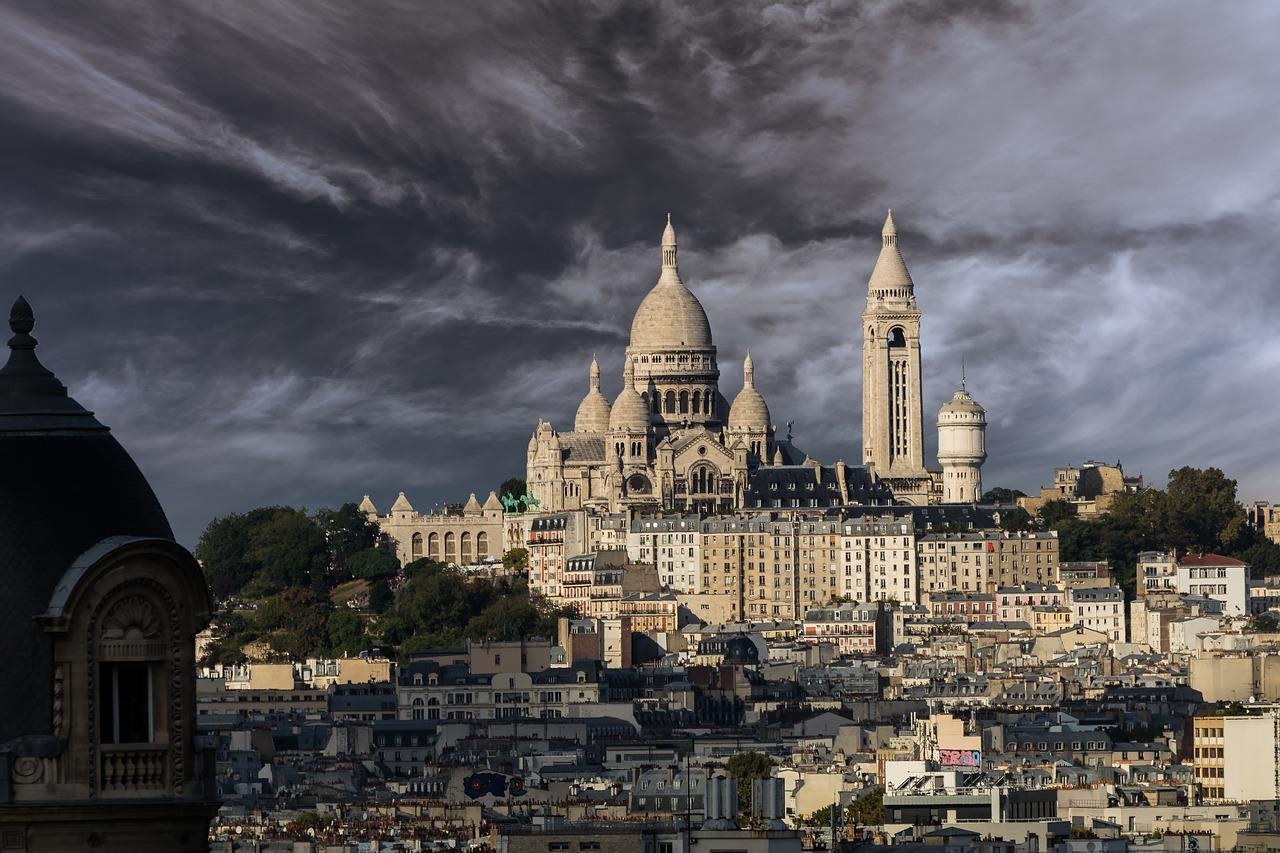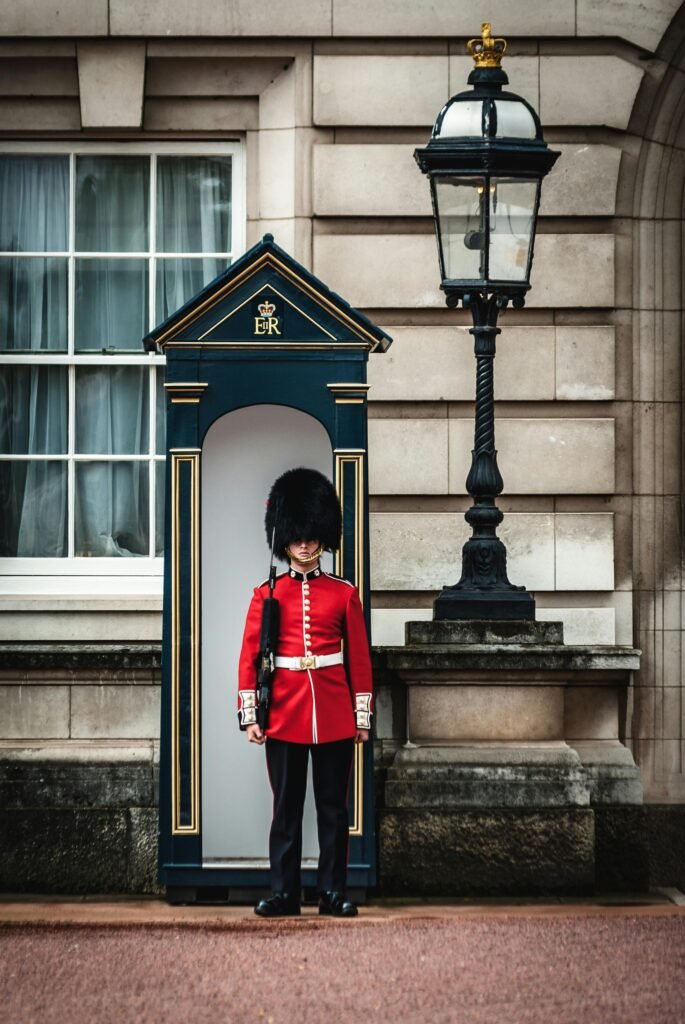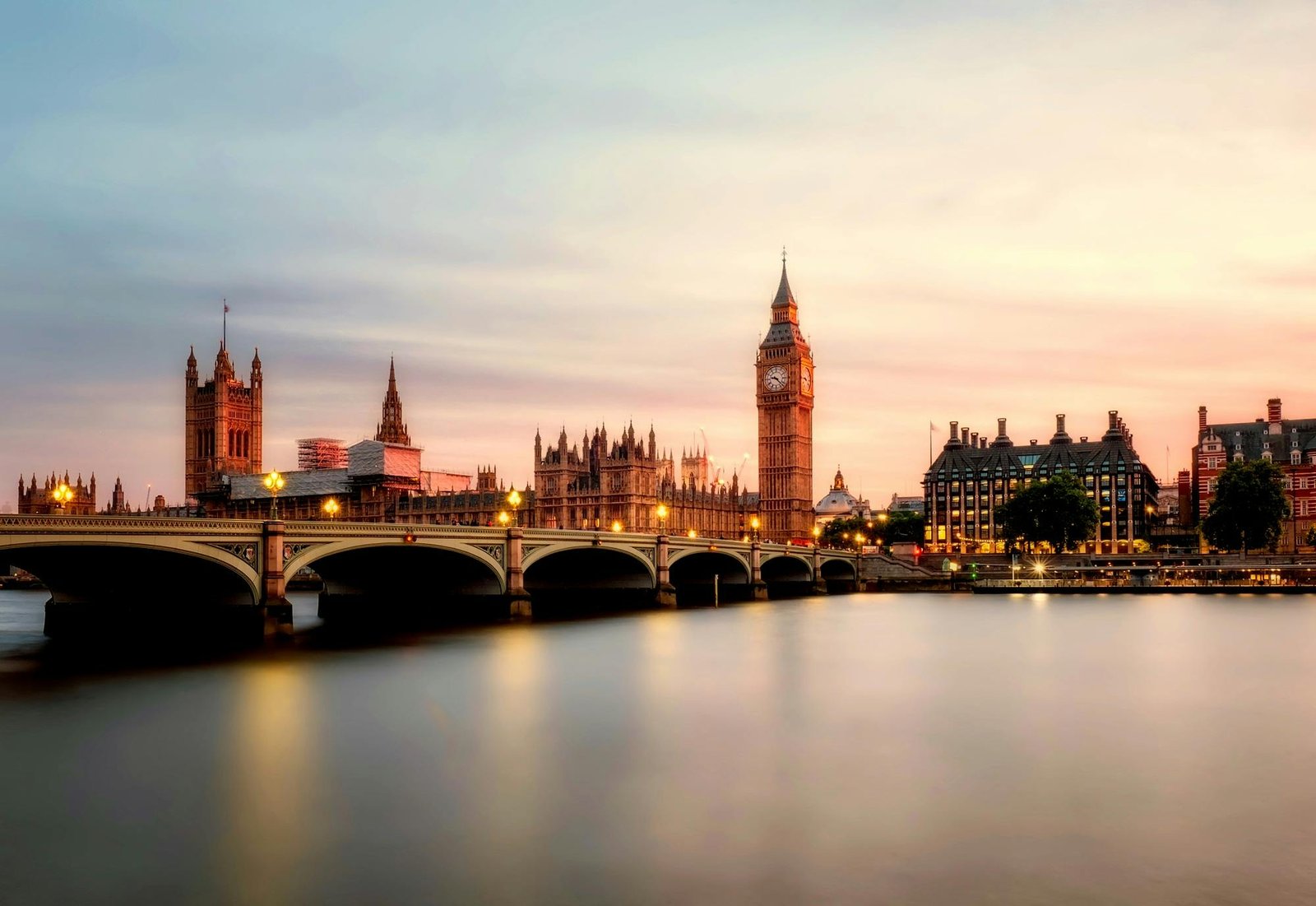
Trying to plan your first trip to Europe? It’s easy to get overwhelmed with all the must-see cities and landmarks. This 10-day itinerary is a solid mix of iconic places, smooth travel routes, and enough breathing room to actually enjoy what you’re seeing. You won’t be cramming in every country, but you’ll get a taste of different cultures, cool sights, and plenty of photo-worthy moments—without feeling like you’re just rushing from one place to the next.
This guide is laid out with simple travel connections, budget-conscious stays, and recommendations that fit a chill but efficient travel style. Whether you’re flying in from the US, UK, or anywhere else, this route starts strong and ends in a city that makes flying back home just as easy. Let’s dive into how your 10 days in Europe could look.
Days 1–2: Paris, France
Kick things off in Paris—an obvious pick for first-timers, but for good reason. Between the Eiffel Tower, Louvre, and those scenic streets lined with bakeries, it’s a great intro to Europe. You can start by seeing the big landmarks early in the day (especially the Louvre if you’re aiming to beat the crowds), then take your time walking the Seine or chilling in a garden like Jardin des Plantes. Grab a baguette or something fresh from a corner bakery and just soak up the vibe.
On day two, you might want to slow things down and check out Montmartre. It’s got narrow streets, cute art shops, and views from the steps of Sacré-Cœur. If you’re after something a little less touristy, head to Rue Cler for market-style eats or find a quiet park bench somewhere in the 7th arrondissement. Paris is pretty easy to get around using the metro, and a central hotel or apartment makes everything walkable.
This is also one of the best cities to fly into when starting a Europe trip—there are tons of affordable flight options and it connects well to other countries. Staying near Gare du Nord or Saint-Lazare gives you good access to hotels and train stations, so you’re set up for your next stop without any hassle.
Days 3–4: Amsterdam, Netherlands
Next up is Amsterdam, and it’s an easy train ride from Paris—about three hours. When you arrive, start with the Jordaan neighborhood. It’s quieter than the city center and full of little cafes, shops, and canal views that show off Amsterdam’s laid-back side. A lot of the charm here is in just walking around. You’ll find photo spots every few steps and some really unique buildings with those classic tall windows and tilted rooftops.

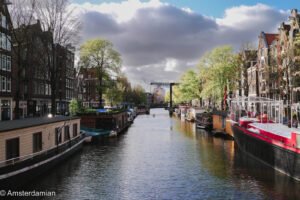
Day two could be for museums or a bike ride—both are pretty much part of the local lifestyle. The Anne Frank House is one of the most powerful stops in the city, but it’s best to book your tickets in advance. You can also explore places like the Rijksmuseum or take a slow canal cruise that gives you a different view of the city. If you’re not into crowds, areas like De Pijp or Plantage offer a quieter experience.
Hotels in Amsterdam can get pricey near the city center, but there are decent mid-range options just a short tram ride away. The city is compact and well-connected by public transport, so it’s easy to cover ground even if you’re not staying downtown. It’s also a solid place to reset before the next leg of your trip—plenty to do, but not too hectic.
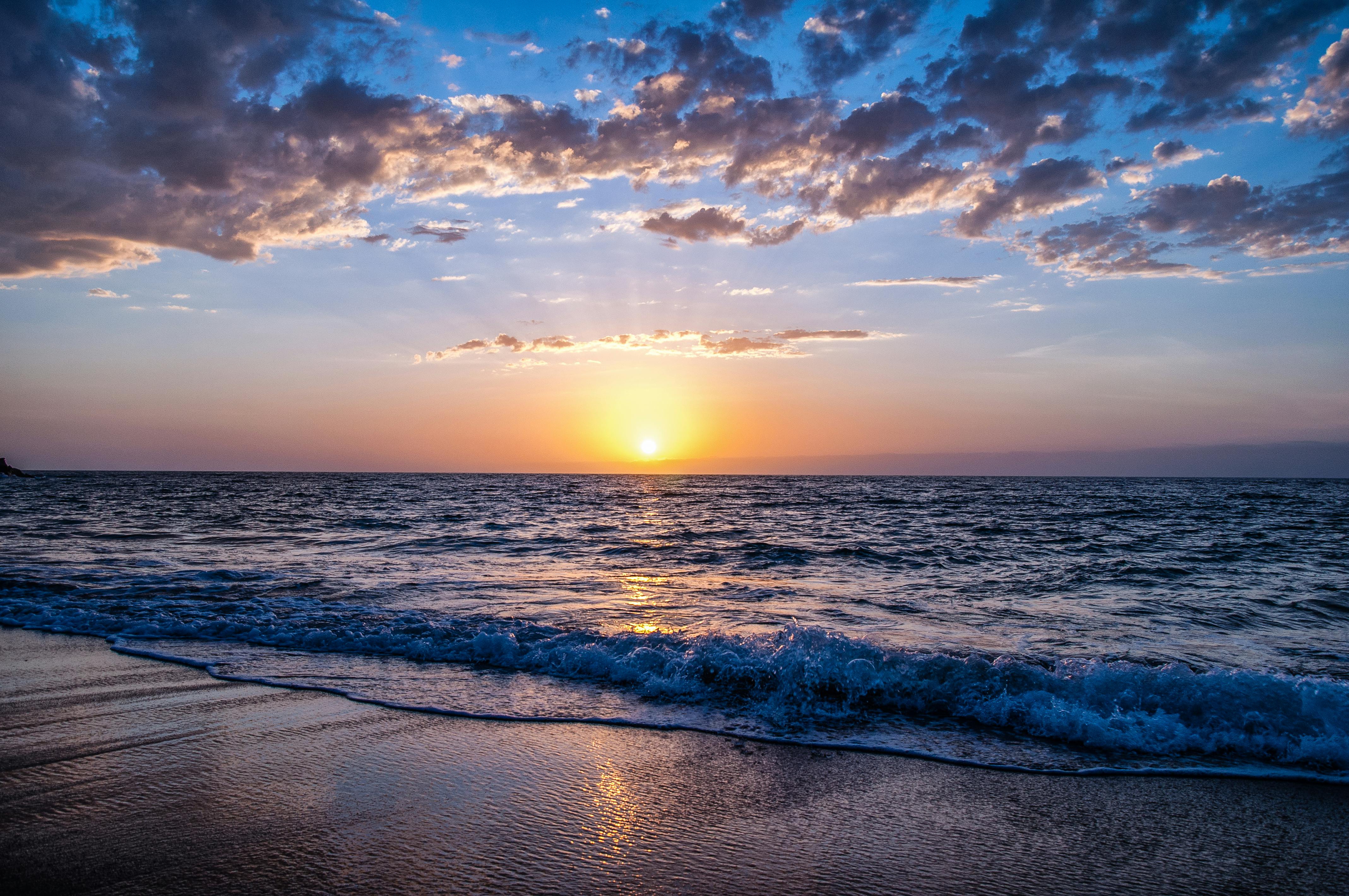
✈️ Subscribe to Our Newsletter
Get the best flight deals, hotel offers, and travel tips—delivered straight to your inbox.
Days 5–6: Munich, Germany
After Amsterdam, fly or train over to Munich. It’s a clean, organized city with a chill pace, perfect for the middle of your trip. You can start at Marienplatz, the central square, which is surrounded by old buildings, shopping streets, and open-air markets. The vibe here is a little more relaxed than other big cities, with wide streets, big parks, and lots of walking space. Plus, there are some really scenic spots you can get to just by hopping on a tram or bus.
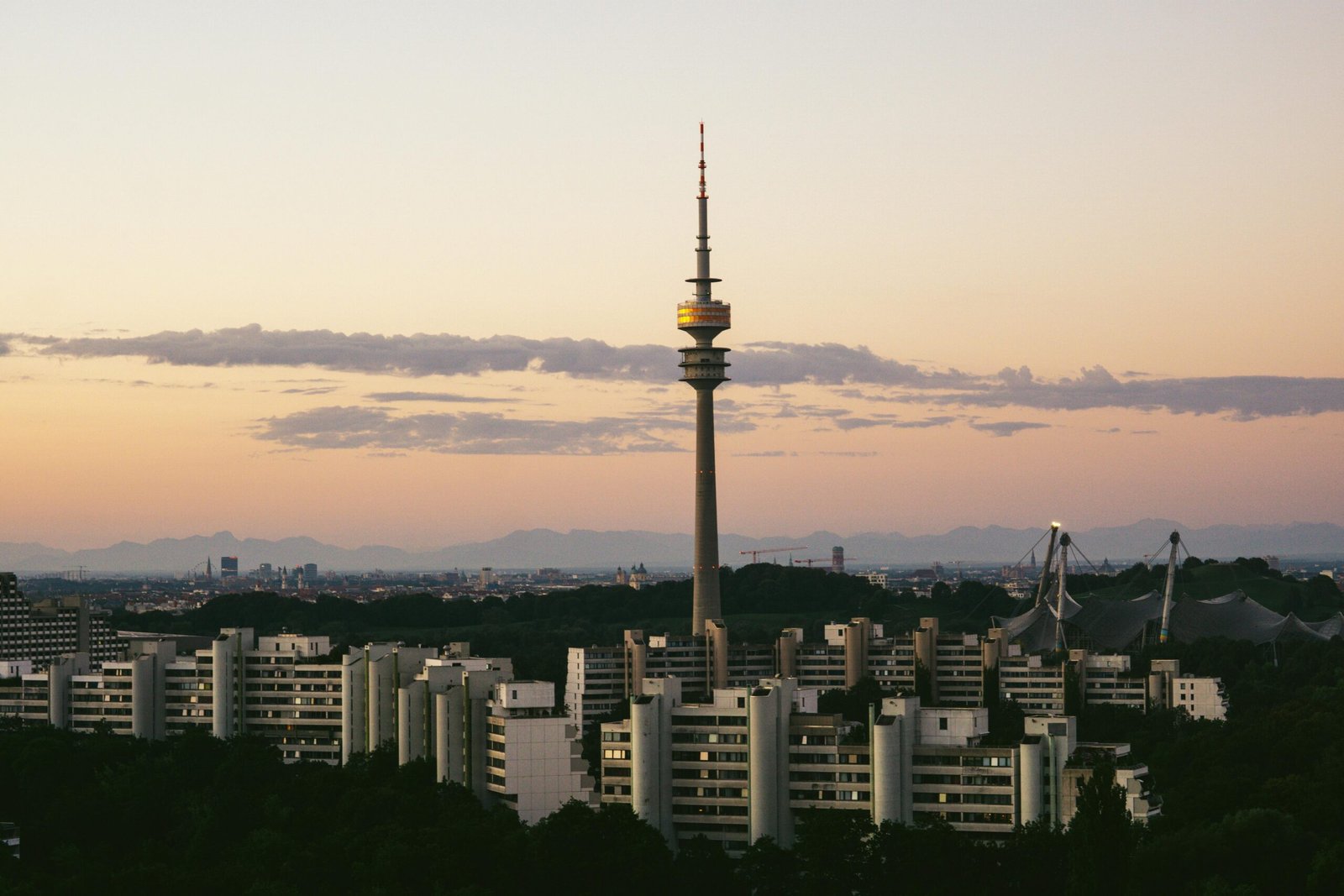
Spend the next day in the English Garden—it’s huge, peaceful, and ideal for a midday break. You’ll see people walking, biking, and just laying around by the streams. If you’re into history, the Bavarian National Museum or even a visit to Nymphenburg Palace offers something a little different. The palace is only a short ride away and worth it if you’re looking for pretty views and a change of scenery from the city streets.
When it comes to where to stay, being near the central train station (Hauptbahnhof) makes things simple. There are plenty of decent places in that area, and it cuts down on travel time. Munich’s public transport is super efficient, so getting to and from the airport or your next stop won’t be an issue at all.
Travel Tips for Your 10-Day Europe Itinerary
Book Tickets in Advance
Many of the major attractions like the Louvre in Paris or the Colosseum in Rome have long lines, especially during peak tourist seasons. To save time, always book your tickets online in advance. Not only does this help you avoid waiting in line, but it can often save you money as well.
Pack Light
When traveling between multiple cities, packing light is essential. You’ll be in and out of trains, airports, and subways, so a small, comfortable suitcase or backpack will make your life much easier. Plus, most European cities have fantastic public transport systems, so you won’t need a ton of heavy luggage to get around.
Use Local Public Transport
Europe’s cities are well-connected with excellent public transport systems. Instead of taking taxis or rideshares, try using trams, buses, or metros. It’s cheaper, and it gives you a more local experience. Many places also offer travel passes that give you unlimited rides for a set number of days, which is a cost-effective way to explore.
Learn Key Phrases in the Local Language
While English is widely spoken in many European cities, learning a few basic phrases in the local language can go a long way. Simple greetings like “Bonjour” (hello in French) or “Grazie” (thank you in Italian) show respect for the culture and can make your interactions more pleasant.
Stay in Central Locations
To make the most of your time, try to stay in the central parts of the city where major attractions are within walking distance. Not only will this save you time and money on transportation, but it also allows you to fully immerse yourself in the city’s atmosphere.
Stay Hydrated and Rested
Traveling can be physically exhausting, especially when hopping from city to city. Make sure to drink plenty of water and get enough rest to keep your energy levels up. Carry a refillable water bottle and take breaks when needed.
Try the Local Cuisine
One of the best parts of traveling is experiencing new food. Be sure to try the local dishes, from croissants in Paris to fresh pasta in Rome. Don’t forget to check out smaller, family-run restaurants or local food markets for an authentic taste of each destination.
Keep a Travel Journal
Even if you’re not a seasoned writer, keeping a small travel journal can help you remember special moments. Jot down thoughts, interesting facts, or recommendations you’ve gotten from locals. It’s also a great way to reflect on your trip when you get home.
Plan Downtime
While it’s tempting to fill every hour with sightseeing, it’s important to slow down and take in the atmosphere. Spend an afternoon sitting at a café in Paris or strolling through the gardens in Rome. These moments are what make travel unforgettable.
Have an Offline Map
Wi-Fi isn’t always reliable when you’re out exploring, so make sure you download offline maps on your phone. Apps like Google Maps allow you to access directions and navigate even when you don’t have an internet connection. It’ll make your travels much smoother.
Days 7–8: Venice, Italy
From Munich, head down to Venice. Whether you take an overnight train or catch a flight, Venice is a solid change of pace. Once you get there, everything feels like a maze of canals and alleyways—no cars, just boats and footpaths. It can be crowded near the main square, but if you go early in the morning or later in the evening, you can enjoy St. Mark’s Basilica and the Grand Canal without the chaos. It’s honestly a city where wandering with no plan is the best plan.
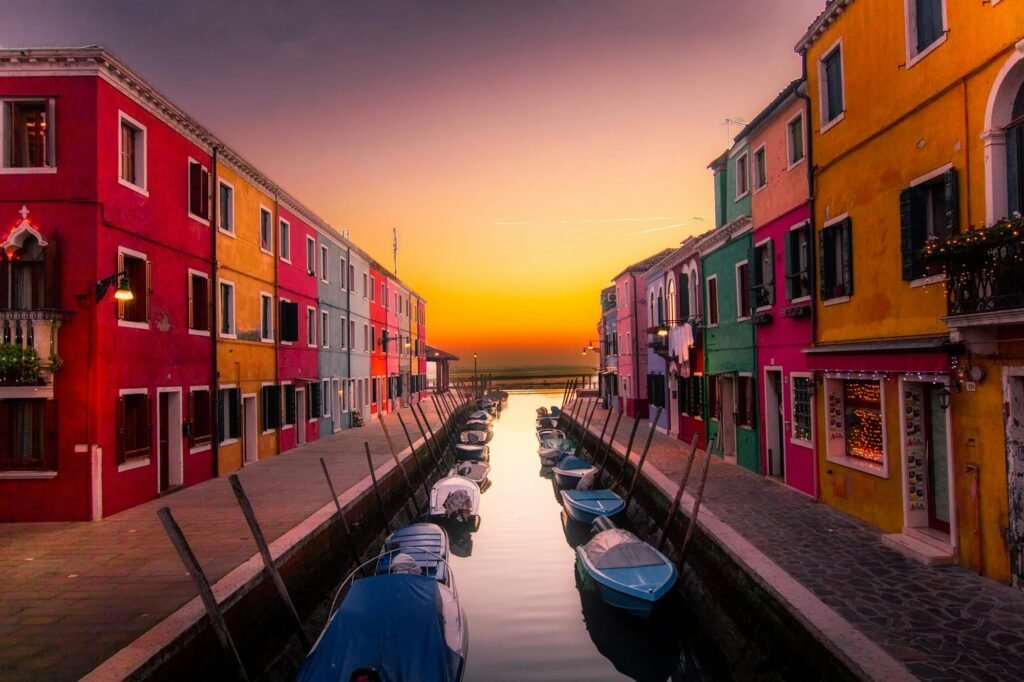
Burano is a charming island in Venice, known for its colorful houses and tranquil canals. It’s the perfect spot for a leisurely stroll and plenty of beautiful photo ops.
Spend your second day exploring beyond the touristy zones. Cannaregio and Dorsoduro are more low-key and give you that same magical Venice vibe without the crowds. You’ll find lots of small bakeries, narrow footbridges, and peaceful corners to stop and take in the views. And even though gondola rides are famous, using the vaporetto (water bus) is just as scenic and way more affordable.
Accommodations range from simple guesthouses to budget hotels tucked down little alleyways, and most are within walking distance of a vaporetto stop. Venice is compact, so even if you don’t stay right in the center, you’re never far from the action. It’s also a great place to slow down and recharge before finishing your trip.
Days 9–10: Rome, Italy
Wrap things up in Rome—arguably one of the best cities to end on. It’s full of energy, history, and everything in between. You’ll want to hit the major spots like the Colosseum, Roman Forum, and Trevi Fountain early, then take your time strolling through the streets. Rome is a walkable city, and each turn brings a new fountain, plaza, or ancient ruin that makes you stop and take it in.
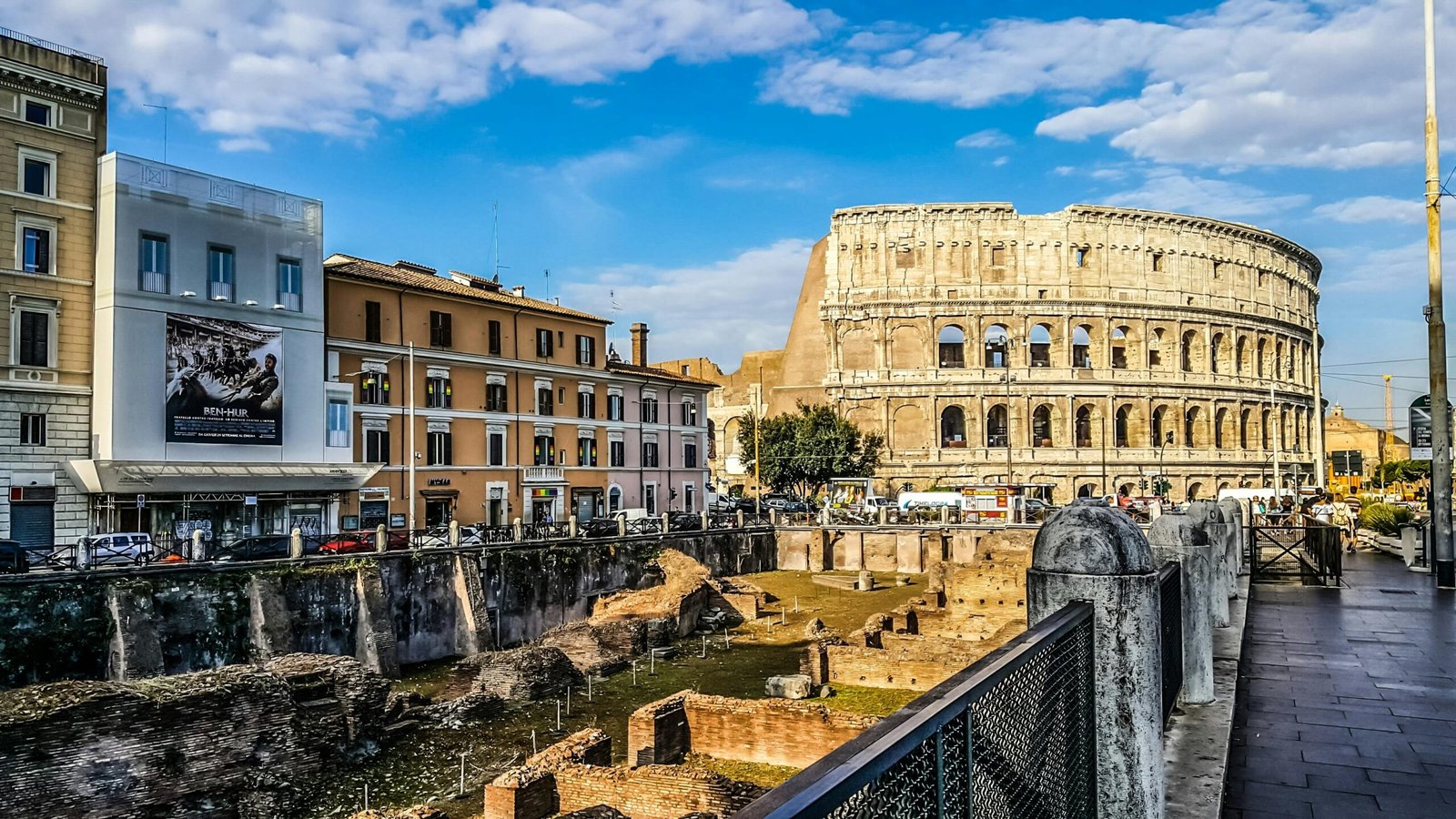
On your last day, check out a more local side of Rome. Trastevere is a good neighborhood for walking around, grabbing a casual bite, or just sitting in a quiet square. You can also visit parks like Villa Borghese if you want a break from the busy streets. Rome’s energy is a nice contrast to Venice’s slow pace, and you’ll end your trip with that sense of having really seen something iconic.
Rome also makes for an easy exit point—there are regular international flights out of Fiumicino Airport, and lots of hotel options near Termini Station for convenience. Even if you’re only there for two days, you’ll get a strong feel for the city’s personality and history.
Comparing Countries
| Destination | Must-See Spots | Key Activities | Suggested Accommodation |
|---|---|---|---|
| Paris | Eiffel Tower, Louvre, Sacré-Cœur | Walking tours, Seine river cruise, Explore Montmartre | Hotels near Gare du Nord or Saint-Lazare |
| Amsterdam | Jordaan, Anne Frank House, Rijksmuseum | Canal cruise, Visit De Pijp neighborhood, Bike ride | Hotels near central tram stations |
| Munich | Marienplatz, English Garden, Nymphenburg Palace | Visit beer gardens, Explore Bavarian National Museum | Hotels near Hauptbahnhof station |
| Venice | St. Mark’s Basilica, Grand Canal | Vaporetto ride, Wander Cannaregio, Visit Dorsoduro | Budget guesthouses near vaporetto stops |
| Rome | Colosseum, Trevi Fountain, Roman Forum | Explore Trastevere, Visit Villa Borghese | Hotels near Termini Station |
Final Thoughts
No matter where your travels take you, this 10-day Europe itinerary offers a perfect blend of iconic sights, local culture, and unforgettable experiences. From the romantic streets of Paris to the historic charm of Rome, each destination brings its own unique flavor to your journey. Remember, the best part of traveling isn’t just checking off famous landmarks, but immersing yourself in the vibrant atmosphere of each city. So, pack your bags, follow these tips, and get ready for the adventure of a lifetime. Safe travels, and may your European getaway be filled with amazing memories!

